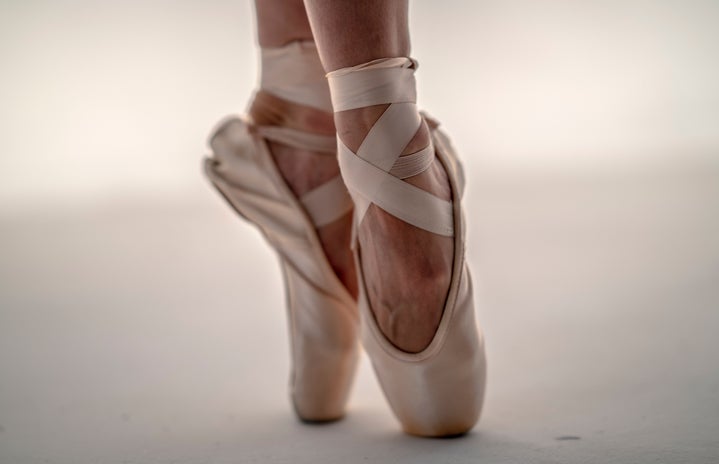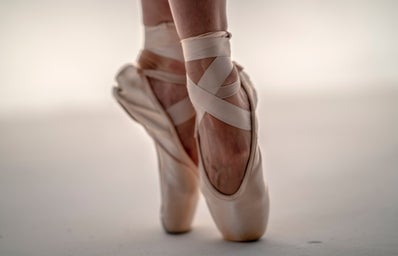17 years ago, I enrolled in dance classes at the age of 3. I was taught traditional tap, ballet, and jazz styles and members of my dance studio rehearsed from September through April in preparation for our Broadway-style recital that occurred on the first weekend in May. For a long time, dance was my safe haven. It was a way to express myself through movement and the arts and something I looked forward to after a long day of school, assignments, and stress.
When I became a teenager, something in me shifted.
I quickly became aware of the harsh standards put in place for ballerinas and dancers across the world. While I wasn’t in extensive training like professional ballerinas, I was trained with emphasis on technique and performance. The way ballerinas look was heavily stressed, with the emphasis on a thin, “prima ballerina” physique.
I tried to put these thoughts into the back of my mind, continuing with dance throughout the years. However, the “ideal image” of a ballerina seeped into my life when I thought I could ignore it. I still remember shopping with my mom for new leotards and skirts when I was 15 years old. The models in the dance store were stick thin and clad in leotards sized extra small. When I was guided to the section with skirts in a size large, there were only two skirts on the rack compared to the twenty that were available for a size small.
Buying leotards was already difficult enough at 15 as I was tall (and still growing), and there were only so many options for sizing in the store. When I tried to go online, the size charts were much more selective for dance clothes than my normal street clothes. I began to feel defeated, and as if dance wasn’t meant for me and others who were mid-size. Where was our representation in ballet?
Social media continued to depict thin ballerinas and dancers with no body type diversity. Every dancer I followed on my Instagram looked the exact same. The standard for ballerinas was to be extremely thin, with long arms and legs, a long neck, thin waist, and narrow feet. I wasn’t any of those things. It quickly plummeted my self-esteem and my love for an activity I cherished so much as a child. I didn’t look like a ballerina. It made me feel as if my dance experience was inadequate in comparison to others because of the way I looked.
Throughout high school, I considered quitting dance multiple times and became even more frustrated with my self-image. I found that there were very few dancers who looked to be my size, and most of them weren’t very well-known at the time. It wasn’t until I discovered dancers like Misty Copeland and Lizzy Howell who allowed me to regain my love for dance again.
Lizzy Howell went viral at age 15 for her fouetté turns caught on video in her studio. Her technique was stunning, and I remember being in awe of how flawlessly she was able to complete a difficult set of turns. Her social media was filled with messages of positivity for all dancers and stressing the idea of more body representation within dance media. I instantly followed her on Instagram and began watching her other dance videos.
Misty Copeland is the first African American principal dancer in the American Ballet Theatre’s 75-year history. Not only does Copeland promote the idea of body diversity in dance, but she also advocates for racial diversity within ballet. Copeland has been an inspiration for many dancers across the world – including me – who finally have a figure they can look up to.
After finding these role models in ballet, my love for dance was slowly starting to come back. I no longer paid attention to stereotypes I saw on social media and tried to hold my head high even when I began to feel defeated. I slowly regained my confidence, and it began to show in my performances that I truly loved what I was doing no matter what anybody thought.
While I still continue to struggle with body image within dance, joining the Dance Company in college and looking to figures like Misty Copeland and Lizzy Howell has continued to allow me to grow more confident in my ability and realize that no matter your size, dance is for everyone. There is no singular body type for a ballerina. Every body is a ballet body.


